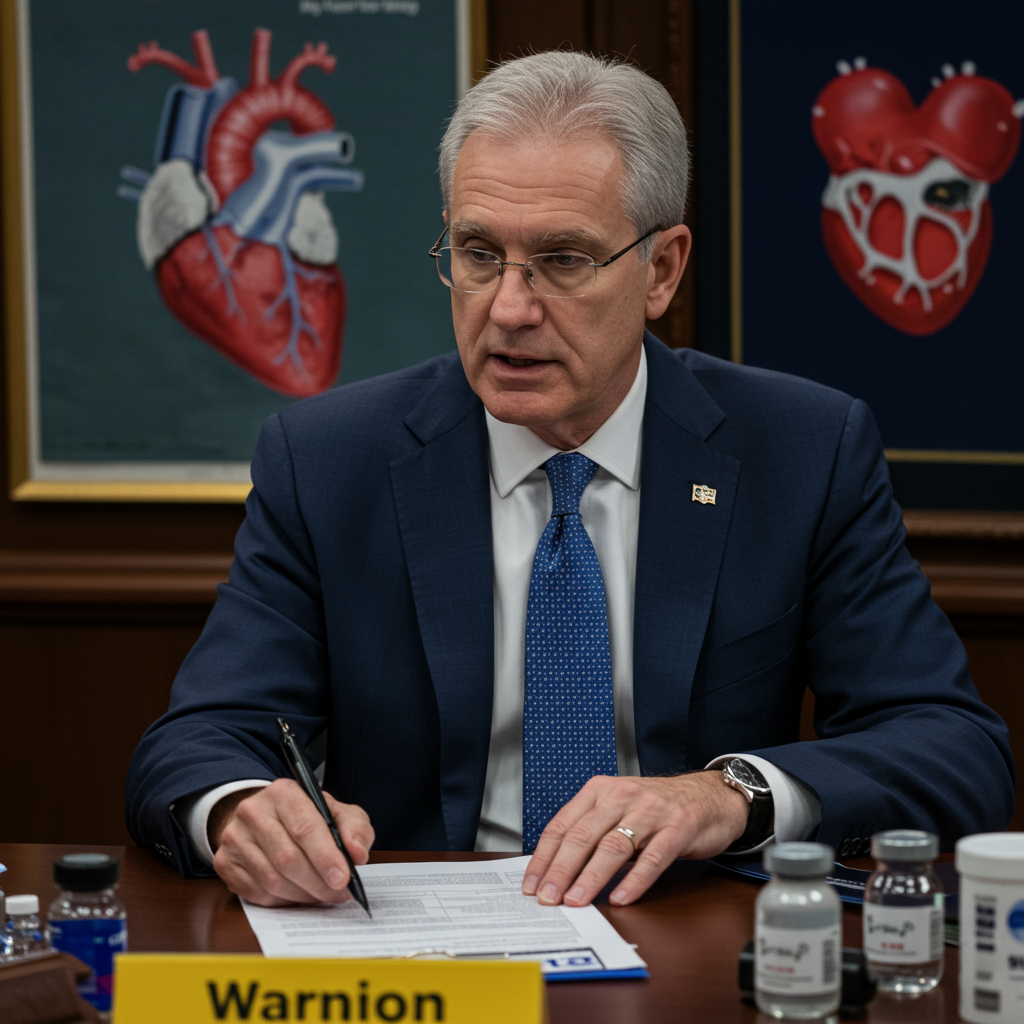Reports indicate the Trump administration is considering a significant expansion of its recently reinstated travel ban, potentially adding dozens of countries to the list of nations facing entry restrictions to the United States. According to internal State Department cables and memos reviewed by media outlets, the proposal could affect as many as 36 or even over 40 additional countries.
This potential move comes shortly after President Donald Trump issued a proclamation on June 9 that restricted travel from 12 countries and imposed partial restrictions on seven others, citing national security concerns. The existing ban currently affects nations like Afghanistan, Iran, Syria, Cuba, and Venezuela, building on policies from Trump’s first term aimed at prioritizing “America First” immigration policies.
What’s Being Proposed
Internal documents reviewed by outlets like The Washington Post, Reuters, and The New York Times suggest that the State Department has identified a new list of countries deemed “of concern.” These nations could face full or partial suspension of entry for their citizens if they fail to meet specific U.S. government requirements within 60 days.
Reports indicate that the proposed list includes a large number of countries, with figures ranging from 36 to over 40 depending on the source. The vast majority of these nations are reportedly in Africa, though the list also includes countries in the Caribbean, Central Asia, and the Pacific Islands.
Among the countries reportedly under consideration for potential restrictions are:
Angola
Antigua and Barbuda
Benin
Bhutan
Burkina Faso
Cabo Verde
Cambodia
Cameroon
Cote D’Ivoire
Democratic Republic of Congo
Djibouti
Dominica
Ethiopia
Egypt
Gabon
The Gambia
Ghana
Kyrgyzstan
Liberia
Malawi
Mauritania
Niger
Nigeria
Saint Kitts and Nevis
Saint Lucia
Sao Tome and Principe
Senegal
South Sudan
Syria
Tanzania
Tonga
Tuvalu
Uganda
Vanuatu
Zambia
Zimbabwe
Some reports suggest the potential ban could be structured in categories, with some countries facing full visa suspensions, others partial suspensions (impacting tourist, student, or specific immigrant visas, possibly requiring in-person interviews), and a third group given a deadline to improve practices before facing restrictions.
Criteria for the List
The reasons cited in the internal memo for considering these countries largely revolve around concerns about their governments’ ability or willingness to cooperate with U.S. security requirements. Benchmarks reportedly include:
Lack of a competent or cooperative central government authority capable of producing reliable identity documents or other civil records.
Instances of widespread government fraud.
Significant numbers of citizens who have overstayed their visas in the U.S.
Failure to accept the return of nationals who are being removed from the United States.
- Reports of “antisemitic and anti-American activity” in the United States by some individuals from those countries, according to one memo reference.
- www.newsweek.com
- www.yahoo.com
- www.bbc.com
- www.middleeasteye.net
- www.aljazeera.com
The underlying basis for identifying these nations stems from a January executive order directing the State Department to pinpoint countries with “deficient vetting and screening information” that could pose a threat to national security, including risks from terrorism, “hateful ideologies,” or misuse of immigration laws.
Potential Impact and Reactions
The potential expansion includes several countries that are important U.S. diplomatic partners, such as Egypt, which receives American military aid, and Djibouti, which hosts the only permanent U.S. military base in Africa. President Trump had previously explained Egypt’s absence from the original ban by stating they “have things under control.”
The State Department, when asked about the reports, declined to comment on internal deliberations but stated they are “constantly reevaluating policies to ensure the safety of Americans and that foreign nationals follow our laws,” emphasizing a commitment to upholding national security through the visa process.
However, the prospect of adding more countries has drawn sharp criticism, echoing reactions to Trump’s initial ban. Critics, including human rights organizations like Amnesty International and Democratic lawmakers, have labeled the restrictions as discriminatory, xenophobic, racist, and harmful to U.S. foreign relations. They argue that targeting countries, particularly those with predominantly Black, Brown, and Muslim-majority populations, constitutes racial discrimination and reinforces harmful stereotypes about security risks.
The ban is also seen within the broader context of the administration’s intensified focus on immigration enforcement, which includes aims like increasing deportations and revoking humanitarian protections. Some concerns have also been raised about executive orders potentially linking immigration status to political speech or participation in protests.
What Happens Next?
It remains unclear whether the proposed additions will move forward and when any new restrictions might take effect if the identified countries do not meet the requirements within the 60-day timeframe. Reports suggest the draft list is still subject to potential changes and has not yet received final approval.
The legal landscape surrounding such bans has also been complex. While the Supreme Court upheld a later version of Trump’s first-term travel ban based on national security grounds, legal experts have differing views on whether criteria like visa overstay rates provide a sufficiently strong legal basis for future restrictions.
For now, the potential for a significant expansion of the U.S. travel ban remains under consideration, creating uncertainty for citizens of the affected countries and sparking renewed debate about U.S. immigration policy.


